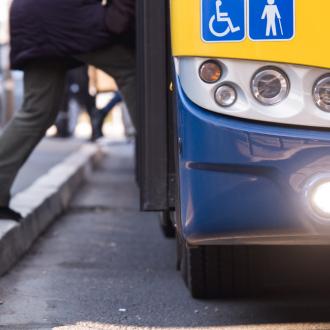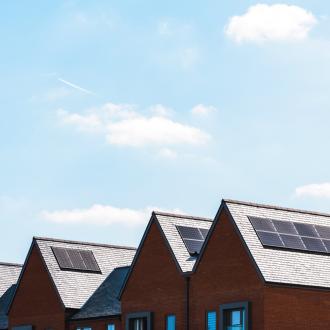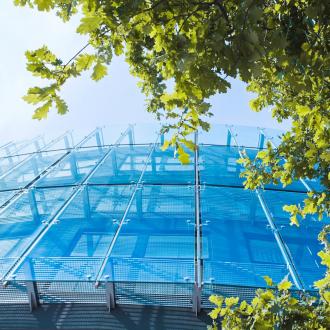Food planning tips to reduce waste and save money
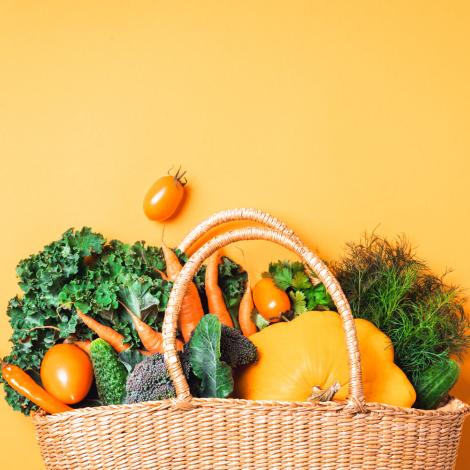
Planning and shopping smarter can help you to reduce the amount of food you waste. This is a really easy and effective thing you can do from your home to help tackle climate change and reduce your carbon footprint.
By reducing the amount of food waste generated in the first place, all the emissions involved in the production, processing, transportation and cooking of food won’t have been created. And it’s estimated by taking this action, you could also save up to £437 each year.
Food Waste You Can't Prevent
While some food waste is avoidable, some things like peelings and scraps can't be helped. The best thing to do with unavoidable food waste is recycle it using a food caddy or compost bin.
You can also pop any food scraps suitable for birds and wildlife outside to help Scotland's nature.
This handy recipe finder from Love Food Hate Waste had lots of inspiration on how to use up your leftovers!
Eating Greener
Your Guides
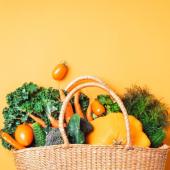
Guide 1
Food planning tips to reduce waste and save money
Planning and shopping smarter can help you to reduce the amount of food you waste.
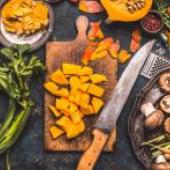
Guide 2
Eating healthy and sustainable food
Producing food is big business. To grow, make, transport, store and cook our food is an energy intensive process, and unsurprisingly, one which generates greenhouse gas emissions that contribute to climate change.
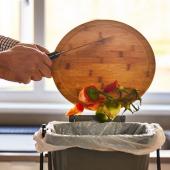
Guide 3
Recycling food waste
The best thing we can do is not waste food at all. When we waste food, we also waste the energy and resources that went into producing, transporting, storing and cooking it.
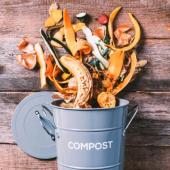
Guide 4
How to compost at home
If your local authority doesn’t offer a food waste recycling service, you can recycle your food waste in a composting bin or a compost heap.
Take action starting now
To achieve net zero by 2045, we must take action now. Start here to find ways that you can make changes in your life at home and on the go.

